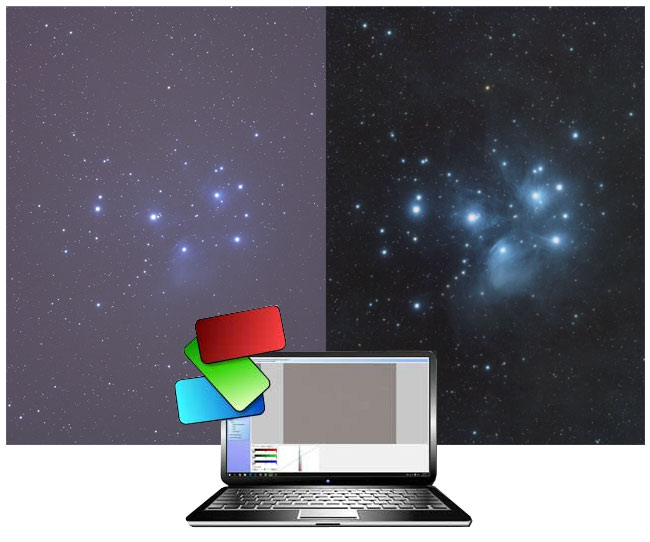
- #ASTRONOMY IMAGE STACKING SOFTWARE HOW TO#
- #ASTRONOMY IMAGE STACKING SOFTWARE FULL VERSION#
- #ASTRONOMY IMAGE STACKING SOFTWARE MANUAL#
- #ASTRONOMY IMAGE STACKING SOFTWARE PRO#
- #ASTRONOMY IMAGE STACKING SOFTWARE SOFTWARE#
Our website provides a free download of PIPP 2.5.9. Work with images imported from cameras in TIFF, BMP, JPEG, or RAW formats, SER video files, and with sequences of images from supported video files. rop photos and tweak the quality frame settings. Note that some knowledge of Python is assumed, including variables, control structures, data structures, functions, and working with files. Edit planetary pictures before importing them into image stacking software. It will align and stack your image exposures to create a better nightscape, milky way, or even a.

#ASTRONOMY IMAGE STACKING SOFTWARE SOFTWARE#
Investigating different types of galaxiesĮach week will also have an interview with a data-driven astronomy expert. Sequator is a free image stacking software for star images. This is due in large part to the simple, inexpensive webcam, which has enabled amateurs armed with modest telescopes to produce images of the planets that rival those captured with large professional instruments (S&T: October 2005, page 115).). In this article, we have discussed the different software that is available to post-process the stacked image to obtain a compelling image of the night sky. Over the past five years, a tremendous resurgence in amateur planetary astronomy has taken place. Using machine learning tools to classify your data Stacking astrophotography images is only the first step in the lengthy astrophotography editing process. Week 6: Learning from data: classification Registax or Astra Image for wavelet sharpening or deconvolution, depending on the subject. AS2 is way faster, much easier to use, uses more sophisticated algorithms for stacking colour data and produces better results. Calculating the redshifts of distant galaxies Anyone still persisting with Registax must be a masochist. Using machine learning tools to investigate your data Exploring the lifecycle of stars in our Galaxy
#ASTRONOMY IMAGE STACKING SOFTWARE HOW TO#
How to set up databases to manage your data Investigating exoplanets in other solar systems How to use databases to analyse your data Exploring the black holes at the centres of massive galaxies How to work out the time complexity of algorithms Regardless of whether you’re already a scientist, studying to become one, or just interested in how modern astronomy works ‘under the bonnet’, this course will help you explore astronomy: from planets, to pulsars to black holes. The focus is on practical skills - all the activities will be done in Python 3, a modern programming language used throughout astronomy.
#ASTRONOMY IMAGE STACKING SOFTWARE PRO#
I have a MacBook Pro and need a software which I can learn on where I can improve resolution, and reduce noise.
#ASTRONOMY IMAGE STACKING SOFTWARE MANUAL#
In this course you will investigate the challenges of working with large datasets: how to implement algorithms that work how to use databases to manage your data and how to learn from your data with machine learning tools. Been around manual photography since the 70s, and I do amateur astronomy, just never the photography part of it.

To analyse this data scientists need to be able to think computationally to solve problems. Modern telescopes produce terabytes of data per observation, and the simulations required to model our observable Universe push supercomputers to their limits.
#ASTRONOMY IMAGE STACKING SOFTWARE FULL VERSION#
The price of software on this list varies from $9.99 to $230 for the full version of the subscription.Science is undergoing a data explosion, and astronomy is leading the way. That’s why they are made for professionals. Specialized astrophotography software takes time to master the settings and get familiar with the interface. Astronomy Daily LiveADL is a casual yet high-quality, open-minded, skeptical, educational, and fun conversation about astronomy and related fields. Due to the complex processing of the material, you can’t use such software on a smartphone or online. Most astrophotography software are for macOS and Windows.



 0 kommentar(er)
0 kommentar(er)
